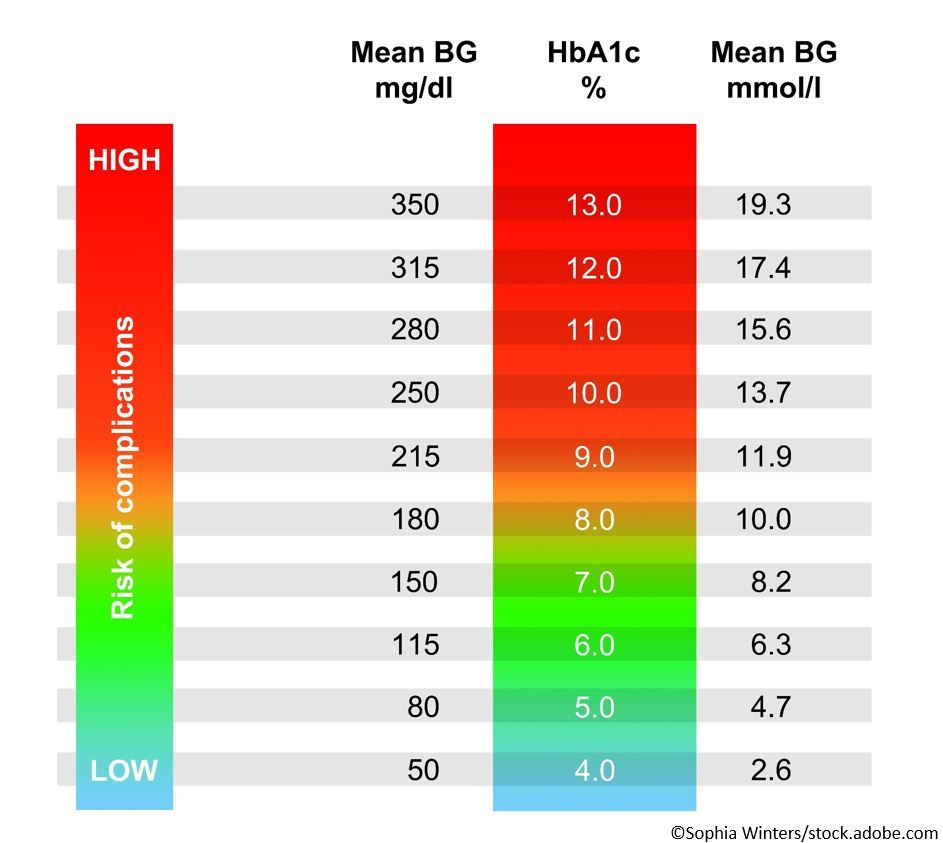Patients with type 2 diabetes (T2D) hospitalized for COVID-19 whose blood glucose (BG) was well controlled had significantly improved outcomes vs those with T2D and poorly controlled BG, according to results of a new study reported online before print in the journal Cell Metabolism.
Results of the retrospective longitudinal, multi-centered study conducted among 19 hospitals in Hubei Province, China, support current findings that diabetes status increases risk of mortality in patients with COVID-19; in this study T2D also increased the need for intensive hospital intervention.
Intensive hospital treatment (T2D vs non-T2D)
Antibiotics 61.3% vs 56.9%
Antifungal drugs 2.5% vs 1.2%
Systemic corticosteroids 29.4% vs 22.8%
Immunoglobin 23.0% vs 17.7%
Antihypertensive drug 45.1% vs 21.1%
Vasoactive drugs 7.7% vs 2.2%
Oxygen inhalation 76.9% vs 61.2%
Noninvasive ventilation 10.2% vs 3.9%
Invasive ventilation 3.6% vs 0.7%
_____________________________________________
Pre-existing comorbidities (T2D vs non-T2D)
Hypertension 53.4% vs 19.7%
Coronary heart disease 13.7% vs 3.7%
Cerebrovascular disease 5.6%vs 1.5%
Chronic kidney disease 4.9% vs 1.3%
Incidence of bilateral lung lesion, as seen on chest CT, was higher in the T2D group than in the non-T2D group, 88.1% vs 80.4%, respectively.
Unknown before this study, led by Lihua Zhu, MD, of the department of cardiology, Renmin Hospital of Wuhan University, was the association between plasma glucose levels and clinical outcomes in COVID-19 patients with T2D.
From the final cohort of 7,337 COVID-19 patient cases analyzed (from 9663 enrolled) , the prevalence of T2D was 13.0% (similar to prevalence in the general population of China (about 10.9%), according to study authors. Median age among those with T2D was 62 years (range, 55–68) and among those without T2D 53 years (range 40–63). Men accounted for a slightly larger percentage (slightly more than 50%) of the subjects with T2D than of those without (slightly less than 50%).
Glycemic control, impact on outcomes
Among the cohort with COVID-19 and T2D, there were 282 individuals with well-controlled and 528 individuals with poorly controlled BG.
Well-controlled: glycemic variability range 3.9 to 10.0 mmol/L (70-180 mg/dL); Total n = 282 (136 men, 48.2%)
Poorly-controlled: lowest FPG >/= 3.9 mmol/L ( 70 mg/dL); the highest 2 hPG > 10.0 mmol/L (180 mg/dL). Total n = 528 (298 men, 56.4%)
Results
- In-hospital death rate was significantly higher in patients with pre-existing T2D relative to the non-diabetic individuals (7.8% versus 2.7%, p <.001).
- In-hospital death rate was significantly lower (1.1% versus 11.0%) in the well-controlled group relative to the poorly controlled group.
- After adjusting for age, gender, the severity of COVID-19, comorbidities, and site effect, the HR of the all-cause mortality in the well-controlled BG group versus the poorly controlled BG group was 0.13 (95% CI, 0.04–0.44; p <.001)
Among patients with T2D, occurrence of ARDS was higher (16.9% vs 7.2%), as was organ injury including acute heart injury (7.3% vs3.0%) and acute kidney injury (3.9% versus 0.8%). Septic shock was also more common (3.8% vs 1.0%), as was disseminated intravascular coagulation (0.5% vs 0.2%)
Conclusions, limitations
In their conclusion the authors state that T2D is an important risk factor for COVID-19 progression and adverse endpoints. Well controlled BG, defined here as glycemic variability within 3.9 to 10.0 mmol/L, was associated with significant reduction in composite adverse outcomes and death.
Our current study was based on the largest diabetic COVID-19 cohort so far analyzed, and the results were unequivocal to implicate diabetes mellitus in higher risk of death and other detrimental outcomes ofCOVID-19. Notably, care must be taken in interpreting the significant difference in outcomes between diabetic and non-diabetic patients with COVID-19, since there were notable differences in the covariate distributions between the two groups
"These findings provide critical insights into the clinical characteristics of patients with COVID-19 and pre-existing T2D and the possible avenues to improving their disease outcome."
Limitations
The authors note that the study’s retrospective design and the unprecedented scale of the pandemic leads to several limitations that include: data were obtained from cohorts admitted only to hospitals in Hubei Province. The impact of BG control may be different among patients with COVID-19 and pre-existing T2D in the outpatient setting or in ethnically or geographically diverse populations.
Prehospital status of T2D was not available thus influence from independent risk factors for poor outcomes in diabetes can’t be excluded. Also, it is not possible to ascertain whether BG levels changed in response to severity/progression of COVID-19 infection. Finally, the small number of patients with T2D who had well-controlled BG limits the power of the study to generalize to the general population. Large-scale prospective cohort studies in more diverse cohorts are needed to better understand the association and importance of BG control in disease progression of COVID-19.

